What Should I Look for While Buying A Used Harley Davidson?
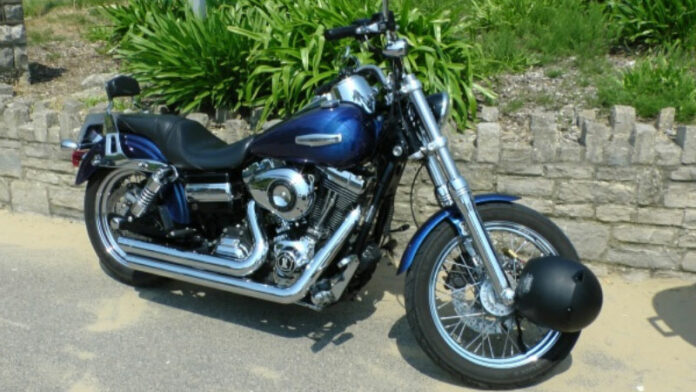
Buying a used Harley Davidson motorcycle is a good way to save some amount of cash that you can use to invest in new gear to use with your new ride or for customizations.
Moreover, Harleys don’t depreciate quickly and a used bike from the manufacturer will carry on the manufacturer's legacy of well-crafted, well-engineered, top-quality motorcycles.
They also retain high resale values, so you can still sell it at a high value (if you ever decide to resell it later).
However, buying a used HD might not be that easy. You can easily get ripped off if you’re not careful. That’s why you need to take time to research the model you’re planning to buy and asses it thoroughly before closing that deal.
Here are the KEY things you should look for when purchasing a used Harley Davidson…
Table of Contents
KEY Steps To Buying A Used Harley Davidson:
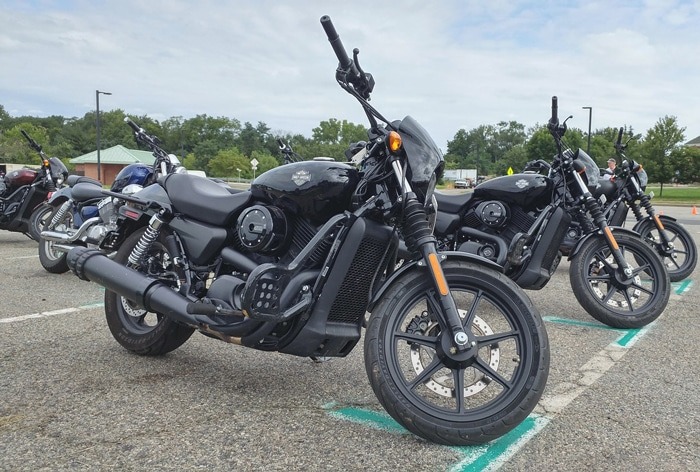
Choose the right model to buy
The first step to buying a used Harley Davidson motorcycle involves deciding on the specific type of bike you wish to ride. As you already know, Harley-Davidson makes different types of bikes and buying a bike blindingly without knowing what type it is unwise.
Research on the different models of motorcycles from this brand currently available. Consider what type of rider you are…for instance, someone looking for a show bike will be different from those looking for a bike for commuting to work.
You should also consider your budget when looking for the perfect mode. You need to be honest with yourself when it comes to how much money you’re willing to spend to ensure you limit yourself to models that are within your purchasing power.
Get to know the history of the motorcycle
Now that you have identified a potential motorcycle you’d want to buy, it’s rather obvious that you don’t know anything about it.
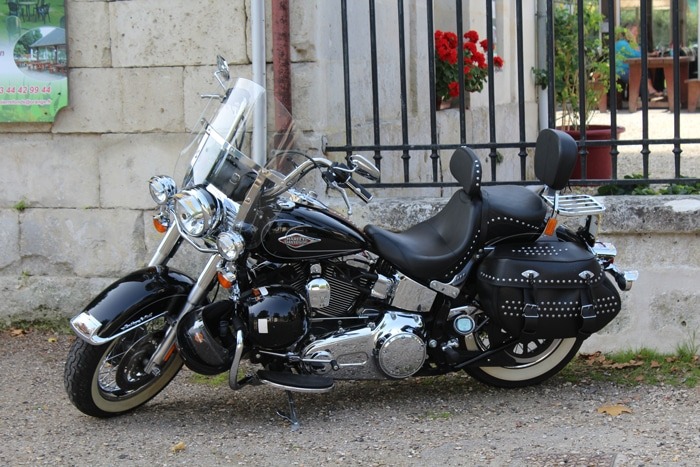


That’s why you’ll need to understand its history.
Ask the owner of the motorcycle has been involved in any accidents before, drops, uses, and problems it might be having.
Other questions worth asking include:
And any other question you deem relevant.
Quick Tip: You might also want to take a quick look around to see how the rest of the owner’s vehicles look like. Do they look poorly maintained? If yes, you could guess that the motorcycle you’re purchasing isn’t an exception.
Assess the overall bike’s condition (part 1)
Next, you’d want to pay close attention to the overall condition of the bike you want to buy.
Even if the bike appears to be in good condition and runs well, don’t underestimate the importance of this step. Otherwise, you’ll have to spend more money to fix any faulty parts of the motorcycle later on.
How to assess your bike’s condition the right way?
Start by examining its exterior. Ensure the bikes contains no scuff marks, scratches, dents, mismatched paint, and misaligned parts.
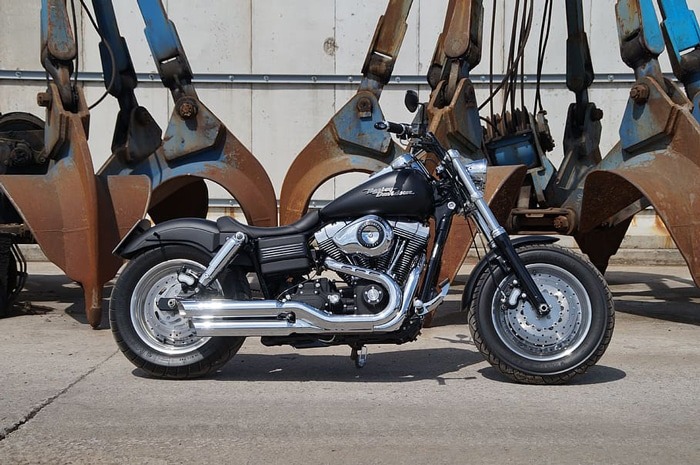


Ensure the bike has no leaks, corrosion, weeping mismatched fasteners. Inspect the tire and brakes for wear too. For the tires, ensure they have the correct inflation pressure and have no side cracks.
Don’t forget to check the drive belt for signs of excess wear or damage (replacing a drive belt for the Harley Davidson big twin can be costly).
Once you’re don’t with the exterior of your bike, turn on the ignition and listen to the fuel in the tank whirring quietly for a moment. Check all the motorcycle’s headlights, brake lights, the low and high beams, turn signals, horn, and even the multi-function display on the speedometer.
Pull in the clutch severally and note how it works. If the clutch shows too much play or pulls rough/hard, this might indicate a problem that needs fixing.
Both the front and rear brakes of the HD should have a solid feel, not spongy. The brake pads and rotor should also be in good condition.
Assess the bike’s condition (part II)
Now start the bike and check the condition of its engine.
For the modern Harleys, you ought to leave the ignition on for a few seconds before you can start the bike. The yellow engine light usually goes out first….and the bike starts 2-3 seconds after cranking.
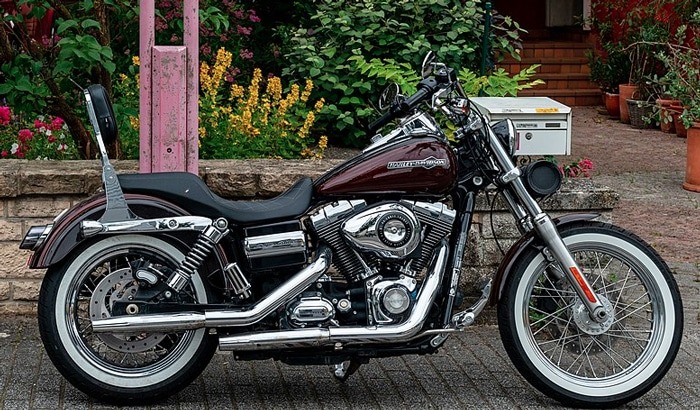


Once it has started, carefully listen to the sound of the engine running. Be on the lookout for any clicking and clattering sounds as these are signs of sticky or worn lifters. Keep your eye on the motorcycle exhaust too and see if any white smoke comes out of it on starting up. White smoke is a Red Flag! If you see it, consider looking for another bike.
What if you notice the engine starting hard or cranking slowly? Well, in this case, it means the battery is about to go. Or it could be faulty automatic compression releases.
Rev the motorcycle engine severally and note any unusual engine noises.
Beware of any warning lights that stay on at the bike’s dashboard.
IMPORTANT: If you don’t have much experience with motorcycles, you’d want to ask a professional mechanic to accompany you to test the bike. Or if you doubt the condition of the bike, ask the owner if he/she is willing to have the bike inspected by an independent professional mechanic.
Consider a test ride
Having checked the bike engine, now it’s time to consider making a test ride.
However, some motorcycle owners might not allow you to take a test ride. Don’t take it personal…there’s nothing wrong with that and you shouldn’t let it affect your decision of buying the motorcycle.
If luck is on your side and owner lets you do a test ride, go for it!
A ride will help you easily catch all the performance issues of the motorcycle. It also gives you a chance to get the feel of how it handles.
During the test ride, you want to see if it’s a motorcycle that you’ll enjoy riding and be able to confidently control.
If something doesn’t feel okay during the ride, don’t hesitate to ask the owner. They should be able to clearly explain n any unusual issues with their bikes. If they hesitate to explain, they could be hiding something from you.
Make a post-ride check
After a test ride, shut down the bike and while the engine is still warm, check the oil.
If the oil level appears low, it could be an indication that the owner rarely checks it. If it looks extremely blackish, it means the owner doesn’t bother to change it as regularly as it’s required. That is why you should know how often to change motorcycle oil.
And if the oil appears to have water in it, this is simply an engine blow-by emulsion—it’s a red flag, and reduced the efficiency of the engine! Immediately empty the engine and dry it. Also Prefer to buy the best motor oil for your Harley-Davidson, then pour the motor oil in your harley, as it helps your engine provide a better performance.
You might also want to check inside the gas tank. If you sense a peculiar varnish smell on opening the tank, this indicates old gas. It means the bike has stayed for a long time without being taken for a ride.
Inspect the filler cap for any rust and miss-matched or bubbled paint.
Check the mileage
Unlike what many people tend to think, there are “good” and “bad” odometer mileage readings. This is because different HD motorbikes have different specs and are designed for completely different purposes.
That said, the most important thing to do here is to check the mileage recorded on the motorcycle and compare it with the bike’s outward appearance/condition.
If these two aspects don’t seem to line up, you might want to look for another motorcycle.
Some experienced riders even argue that the odometer can be easily changed, so it might be completely irrelevant to base your purchasing decision on a motorcycle’s odometer mileage reading.
Check the VIN & engine numbers
If you’re satisfied with the overall condition of the bike, the next thing you’d want to do is check its VIN (Vehicle Identity Number) as well as its engine number.
For the starters, a VIN refers to a unique serial number used for legally identifying a given vehicle/motorcycle in the United States.
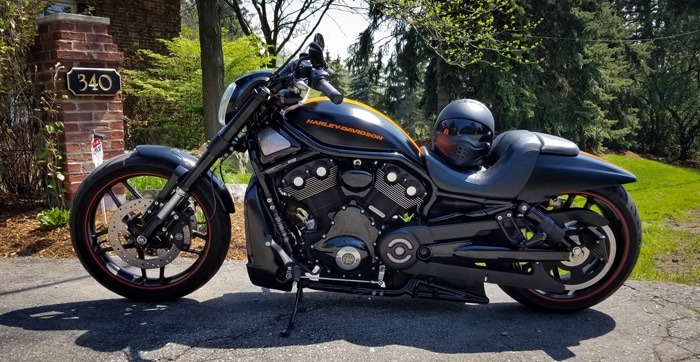


The VIN number is usually stamped at the steering neck section of the frame (just behind the headlight) for Harley Davidson motorcycles.
Check this number against that on the official title of the motorcycle. The two should match.
WARNING: If the owner doesn’t have a title for the bike, you shouldn’t risk buying that motorcycle as it could be stolen. This is especially true given that Harley Davidsons have a high theft rate.
Price
Finally, it’s time to negotiate the price of the used Harley.
One of the reasons why you want to buy a secondhand HD is because you want to save. With that in mind, you should consider how much the owner is selling the motorcycle to you.
Assuming you already know the model you want to buy, do quick research on its current market value and MSRP cost (google will be your friend here) and compare it with the amount the owner is asking you.
You want to ensure the asking price is a reasonable amount.
If the owner is asking for an amount higher than the current market value of the bike, then you’re being ripped off.
If he asks too low, it should raise a red flag about the overall condition of the bike. You’d want to ask more firmly about its history. Else, you could take home a piece of junk!
Completing the purchase
Once you agree on the final cost, you should go ahead and make the payment in full. You can do so in cash or cashier’s check.
Then, sign all the paperwork, including the bill of sale, title, insurance release, and any other required documents, and take the bike with you.
Remember to visit your local DMV office, later on, to apply for a new set of tags for your bike.
Final Verdict
If you want to become a Harley Davidson motorcycle owner but your budget doesn’t allow you to get a brand new motorcycle, you should consider getting a second-hand Harley.
When purchasing a used HD bike, however, you need to be careful to ensure you don’t get ripped off in the process. Our step by step guide above will show the key things to look for in a used motored.
If you follow these steps, we assure you that you’ll end up with a beautiful bike than operates without any issues.
Wish you luck!
